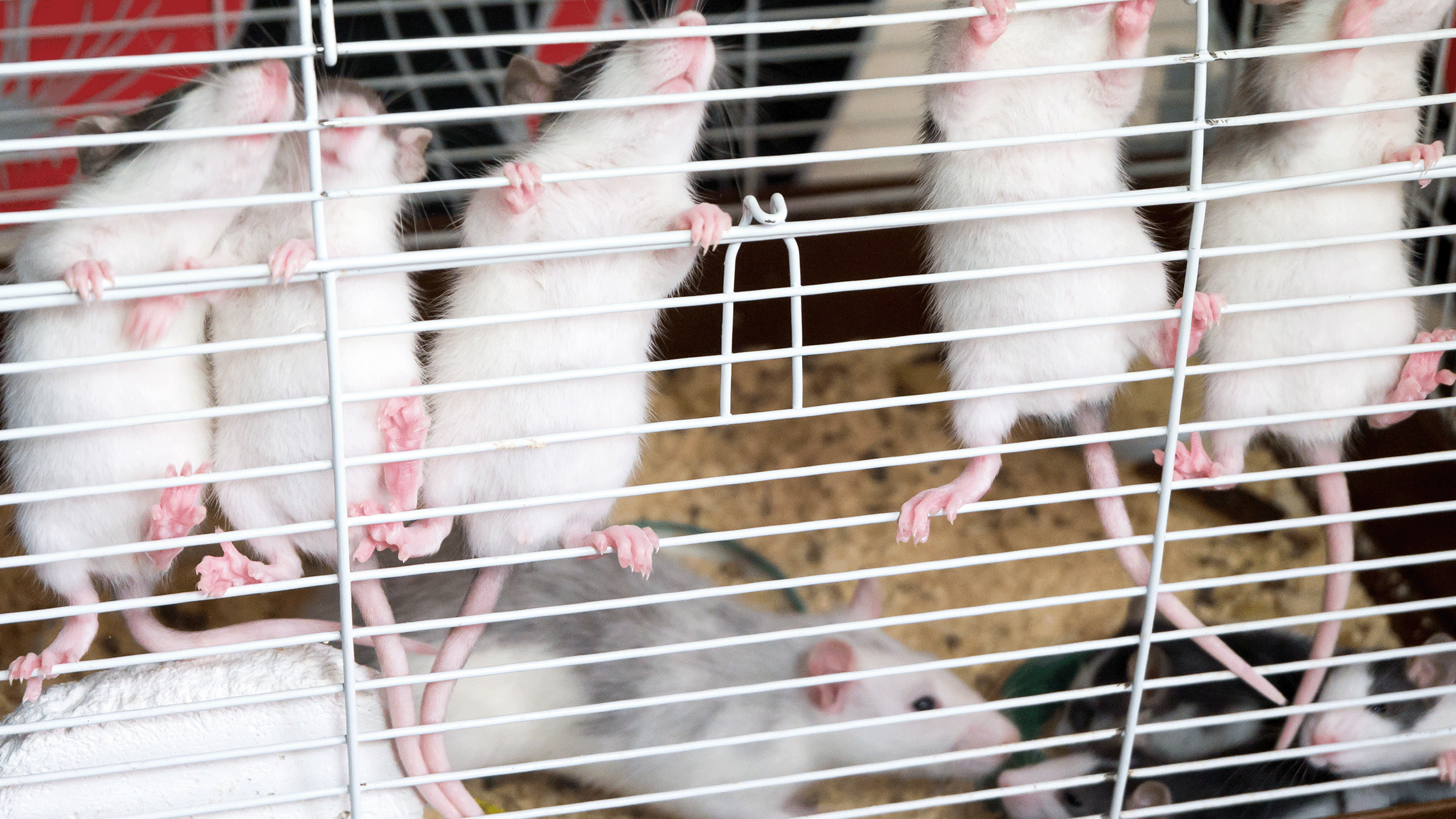
Overcrowded Cage Policy
Overcrowded Rodent Cages
When DAR staff identify overcrowded mouse cages, an “overcrowded cage fee" is assessed at the time of notification. The fee structure ensures that costs for additional animal care related to overcrowded breeding cages are appropriately assigned, promoting fairness across research programs and avoiding redistribution of those costs via per diems to laboratories not involved.
Why This Fee Exists
In the past, overcrowded cages did not incur a charge. However, repeated delays in managing breeding colonies created extra workload and costs that were absorbed into per diem rates. The current process ensures that time and resources are used efficiently and equitably across all research programs.Regulatory Basis
The IACUC’s Rodent Colony Management Policy outlines space and population limits, consistent with the Guide for the Care and Use of Laboratory Animals (8th ed.) and guidance from NIH and AAALAC International.
At Emory, overcrowding usually results from:
- Pup accumulation – delayed weaning or not separating trios soon enough.
- Adult overcrowding – housing more adult mice per cage than policy allows.
Exceptions require IACUC approval and clear cage labeling.
How to Stay in Compliance
To prevent overcrowding and avoid notification fees:
- Check breeding cages daily to identify new litters early.
- Wean pups between 19–24 days of age.
- Limit trios to a maximum of 12 pups per cage once any pup is 14 days old.
These steps promote animal welfare, reduce stress on staff, and ensure responsible, compliant colony management.
Updated: 10.21.2025